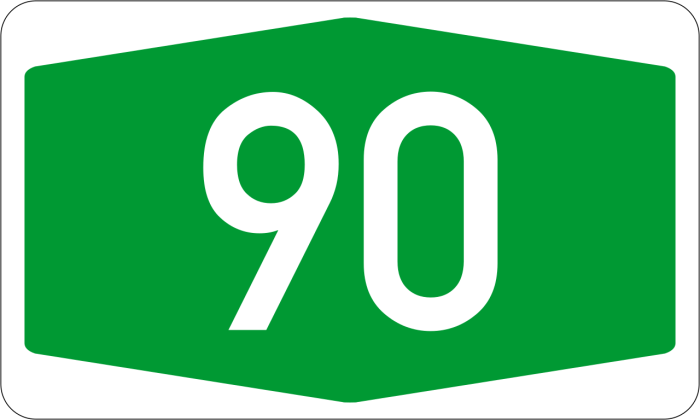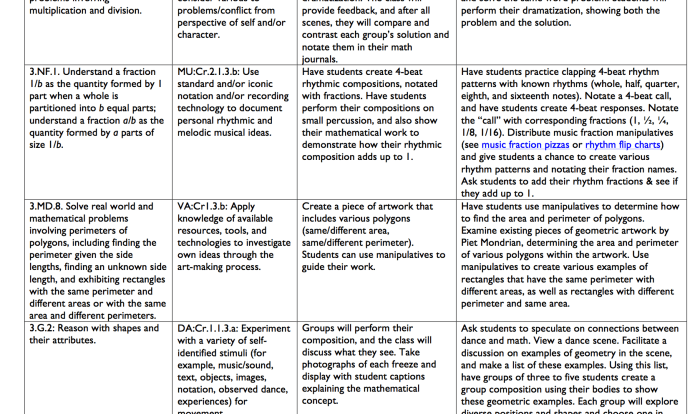What is 94 rounded to the nearest ten? The answer to this seemingly simple question opens up a fascinating world of numbers, rounding techniques, and their applications in everyday life. This article delves into the concept of rounding numbers, specifically focusing on the process of rounding to the nearest ten.
We will explore the steps involved, discuss the mathematical operations used, and examine the practical uses and limitations of rounding.
Rounding numbers is an essential skill in mathematics and everyday life. It allows us to simplify calculations, estimate values, and make approximations. Understanding the concept of rounding and how to apply it correctly is crucial for accurate problem-solving and decision-making.
What is 94 Rounded to the Nearest Ten

Rounding numbers is a mathematical technique used to simplify calculations and make numbers easier to work with. It involves approximating a number to a specified place value, such as the nearest ten, hundred, or thousand. This process is particularly useful in everyday life and various scientific and practical applications.
Explain the concept of rounding numbers
Rounding a number means replacing it with a nearby number that is easier to use or more convenient for a particular purpose. The rounding process involves identifying the digit in the place value to which the number is being rounded and adjusting the digits to the right of that place value.
- Rounding to the nearest ten:This involves replacing the number with the nearest multiple of ten. For example, 94 rounded to the nearest ten is 90.
- Rounding to the nearest hundred:This involves replacing the number with the nearest multiple of hundred. For example, 94 rounded to the nearest hundred is 100.
- Rounding to the nearest thousand:This involves replacing the number with the nearest multiple of thousand. For example, 94 rounded to the nearest thousand is 1000.
Elaborate on the process of rounding to the nearest ten, What is 94 rounded to the nearest ten
To round a number to the nearest ten, follow these steps:
- Identify the digit in the tens place.
- If the digit in the ones place is 5 or greater, round up the tens digit by one. For example, 94 rounded to the nearest ten is 90 because the digit in the ones place (4) is greater than 5.
- If the digit in the ones place is less than 5, leave the tens digit unchanged. For example, 84 rounded to the nearest ten is 80 because the digit in the ones place (4) is less than 5.
Create a table demonstrating rounding 94 to the nearest ten
| Original Number | Rounded Number |
|---|---|
| 94 | 90 |
| 84 | 80 |
| 74 | 70 |
| 64 | 60 |
| 54 | 50 |
Discuss the applications of rounding to the nearest ten
Rounding to the nearest ten is useful in various scenarios, including:
- Estimation:Rounding numbers to the nearest ten can help in making quick estimates and approximations. For example, if you are estimating the cost of groceries, you might round the prices of individual items to the nearest ten to get a rough estimate of the total cost.
- Simplifying calculations:Rounding numbers can simplify complex calculations, making them easier to perform mentally or using a calculator. For example, if you are calculating the average of a set of numbers, rounding the numbers to the nearest ten can make the calculation easier and less time-consuming.
- Data analysis:Rounding numbers can help in summarizing and presenting data in a more manageable and readable format. For example, if you are analyzing a large dataset, rounding the numbers to the nearest ten can make it easier to identify trends and patterns.
Elaborate on the limitations of rounding to the nearest ten
While rounding numbers can be useful, it is important to be aware of its limitations:
- Loss of precision:Rounding numbers can result in the loss of precision, especially when dealing with large numbers or when multiple rounding operations are performed. For example, if you round 94 to the nearest ten and then round the result (90) to the nearest hundred, you will get 100, which is a significant difference from the original number.
- Inaccuracy in calculations:Rounding numbers can introduce errors or inaccuracies in calculations, especially when the numbers are close to the rounding point. For example, if you are calculating the area of a rectangle with a length of 94 cm and a width of 84 cm, rounding both numbers to the nearest ten would give you an area of 8000 sq cm, which is slightly different from the actual area of 7956 sq cm.
General Inquiries
What is rounding?
Rounding is a mathematical technique that involves replacing a number with a simpler or more manageable value. It is commonly used to simplify calculations, make estimates, and reduce the complexity of numerical data.
How do you round a number to the nearest ten?
To round a number to the nearest ten, look at the digit in the tens place. If it is 5 or greater, round up to the next ten. If it is less than 5, round down to the previous ten.
What are the applications of rounding to the nearest ten?
Rounding to the nearest ten is used in various scenarios, including simplifying calculations, estimating values, making approximations, and presenting data in a more manageable form.
What are the limitations of rounding to the nearest ten?
Rounding can introduce errors or inaccuracies, especially when dealing with large numbers or precise measurements. It is important to be aware of these limitations and use rounding judiciously.



